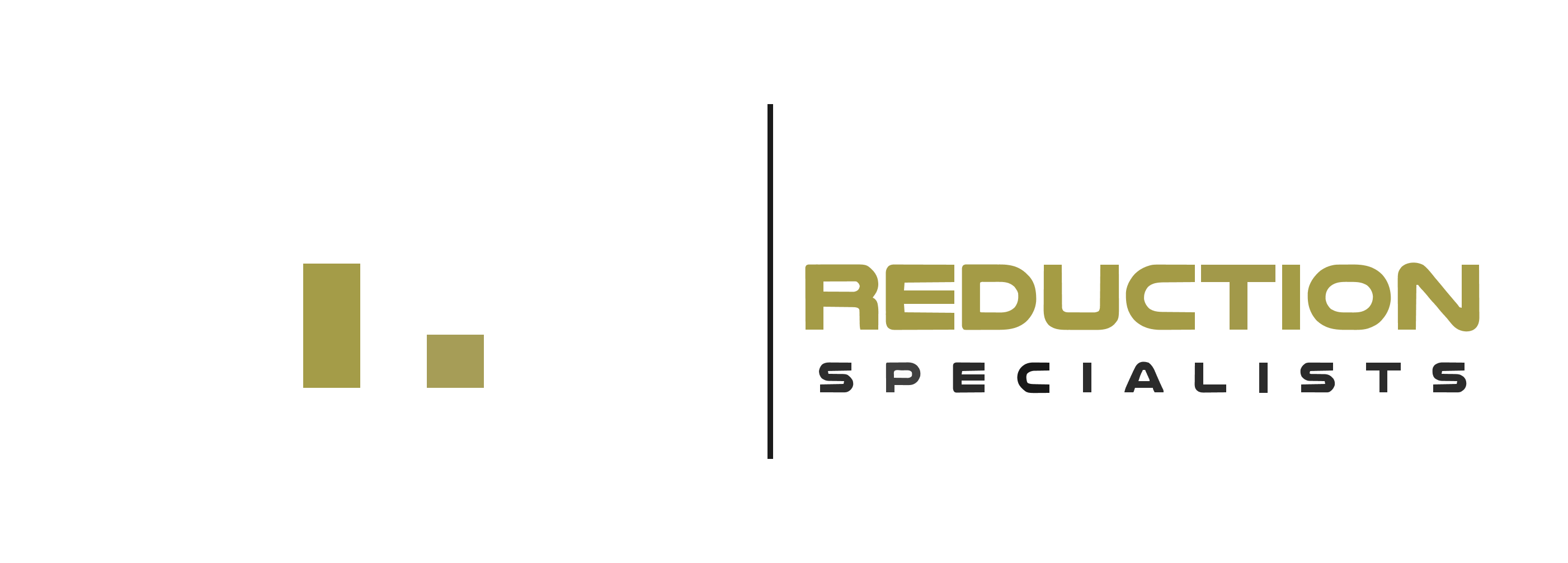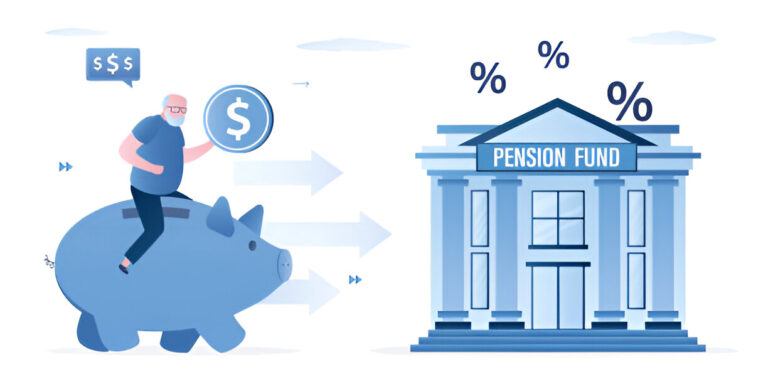Capital Gains Tax Planning: Essential Strategies for Optimizing Your Returns
Wondering how to keep more of your investment returns in your pocket and less in Uncle Sam’s? Capital gains tax planning is the key to maximizing your investment success. The average investor loses 1-2% of their annual returns to inefficient tax planning. But here’s the good news: with the right strategies, you can legally minimize your capital gains tax burden while optimizing your investment returns. Whether you’re a seasoned investor or just starting your investment journey, understanding capital gains tax planning is crucial. From timing your investment sales strategically to leveraging tax-advantaged accounts, we’ll explore proven techniques that can help you keep more of your hard-earned money. Ready to master the art of tax-efficient investing? Let’s dive into essential strategies that will transform your approach to capital gains tax planning and potentially save you thousands in taxes.
Key Takeaways:
- – Capital gains tax can significantly impact your investment returns, with most investors losing 1-2% annually due to inefficient tax planning.
- – Different tax rates apply to short-term and long-term capital gains, with long-term investments typically enjoying lower tax rates.
- – Strategic timing of investment sales and understanding tax-advantaged accounts like Roth IRAs can help reduce your tax burden.
- – Tax-loss harvesting can be an effective strategy to offset capital gains and minimize taxable income.
- – Investment vehicles such as mutual funds and exchange-traded funds offer various tax advantages when properly utilized.
Understanding Capital Gains and Their Tax Implications
Capital gains are profits you earn when selling assets like stocks, bonds, real estate, or other investments for more than their purchase price. Understanding how these gains are taxed is crucial for making informed investment decisions and optimizing your returns.
Short-term vs. Long-term Capital Gains
When it comes to taxation, timing matters significantly. Short-term capital gains result from selling assets held for one year or less. These gains are taxed at your ordinary income tax rate, which can be as high as 37%.
Long-term capital gains, on the other hand, apply to assets held for more than one year. These gains enjoy preferential tax rates of 0%, 15%, or 20%, depending on your income level. This tax advantage encourages long-term investment strategies.
Tax Rate Brackets
The tax rate you’ll pay on long-term capital gains depends on your taxable income:
– 0% rate: Single filers with income up to $44,625 and married couples filing jointly with income up to $89,250
– 15% rate: Single filers with income between $44,626 and $492,300, and married couples filing jointly with income between $89,251 and $553,850
– 20% rate: Income above these thresholds
Additional Tax Considerations
High-income investors should be aware of the Net Investment Income Tax (NIIT). This 3.8% surtax applies to investment income, including capital gains, for individuals with modified adjusted gross income exceeding $200,000 (single) or $250,000 (married filing jointly).
Some assets have special tax treatment. For instance, collectibles like art or precious metals are taxed at a maximum rate of 28%, regardless of your income level or holding period.
???? Key Takeaway: Capital gains taxes vary significantly based on holding period and income level, with long-term investments receiving preferential rates, making it essential to consider these factors in your investment strategy.
Current Tax Rate Structure and Income Thresholds
Understanding capital gains tax rates is crucial for effective tax planning. The U.S. tax system applies different rates based on your income level and how long you’ve held your investments.
Long-Term Capital Gains Rates
The tax rates for long-term capital gains (assets held for more than one year) fall into three main brackets:
– 0% rate: Applies to single filers with income up to $44,625 and married filing jointly up to $89,250
– 15% rate: Applies to single filers with income between $44,626 and $492,300 and married filing jointly between $89,251 and $553,850
– 20% rate: Applies to single filers with income above $492,300 and married filing jointly above $553,850
Additional Tax Considerations
High-income investors should be aware of the Net Investment Income Tax (NIIT). This 3.8% surtax applies to investment income when your modified adjusted gross income exceeds:
– $200,000 for single filers
– $250,000 for married filing jointly
– $125,000 for married filing separately
Short-Term Capital Gains
For investments held less than a year, gains are taxed as ordinary income. These rates range from 10% to 37%, depending on your tax bracket. This higher tax burden makes timing your investment sales particularly important for tax efficiency.
???? Key Takeaway: Capital gains tax rates vary significantly based on your income level and holding period, with long-term investments receiving preferential treatment through lower tax rates of 0%, 15%, or 20%.
Strategic Investment Choices for Tax Efficiency
Tax-Efficient Investment Vehicles
Making smart investment choices can significantly impact your tax liability. Tax-efficient mutual funds and exchange-traded funds (ETFs) are designed to minimize taxable distributions. These funds typically have lower turnover rates, which means fewer taxable events throughout the year.
Municipal bonds offer another tax-efficient option, as the interest earned is often exempt from federal taxes and sometimes state taxes if you invest in bonds from your home state. This can be particularly beneficial for investors in higher tax brackets looking to generate steady, tax-advantaged income.
Asset Location Optimization
Strategic placement of investments across different account types can enhance your after-tax returns. Consider holding tax-inefficient investments like bonds and REITs in tax-advantaged accounts such as IRAs or 401(k)s. Meanwhile, growth stocks and tax-efficient index funds might be better suited for taxable accounts due to their lower dividend yields and potential for long-term capital gains treatment.
Investment Structure Considerations
The structure of your investments plays a crucial role in tax efficiency. Index funds typically generate fewer capital gains distributions compared to actively managed funds. Additionally, ETFs often offer better tax efficiency than mutual funds due to their unique creation/redemption mechanism.
Direct indexing is gaining popularity as a tax-efficient investment strategy. This approach allows investors to own individual stocks that make up an index, providing opportunities for tax-loss harvesting at the individual security level.
Timing Investment Decisions
Consider the holding period of your investments carefully. Assets held for more than one year qualify for long-term capital gains rates, which are generally lower than short-term rates. When possible, delay selling appreciated assets until they qualify for long-term treatment, unless market conditions dictate otherwise.
???? Key Takeaway: Choose tax-efficient investment vehicles, optimize asset location across account types, and consider investment timing to minimize tax impact while maintaining portfolio alignment with your financial goals.
Tax-Loss Harvesting Techniques
Tax-loss harvesting is a powerful strategy that can help reduce your tax liability while maintaining your investment portfolio’s overall balance. This technique involves strategically selling investments at a loss to offset capital gains and potentially reduce your taxable income.
Understanding the Basics
When you sell investments at a loss, you can use these losses to offset capital gains from other investments. This process not only helps minimize your tax burden but also allows you to maintain your desired asset allocation by reinvesting in similar (but not identical) securities.
Timing Your Harvesting Strategy
The best time to implement tax-loss harvesting is during market downturns or when specific investments in your portfolio have declined in value. However, it’s crucial to avoid the wash-sale rule, which prohibits claiming a loss on a security if you purchase the same or substantially identical security within 30 days before or after the sale.
Maximizing Benefits
To make the most of tax-loss harvesting:
– Review your portfolio regularly to identify loss opportunities
– Consider harvesting losses throughout the year, not just at year-end
– Keep detailed records of all transactions
– Focus on investments with the largest losses first
– Maintain your overall investment strategy while harvesting losses
Important Considerations
Remember that tax-loss harvesting isn’t just about selling losing investments. The key is to maintain your desired market exposure while capturing tax benefits. You can reinvest the proceeds in similar but not identical investments to stay aligned with your investment goals.
Documentation Requirements
Maintain thorough records of:
– Purchase dates and prices
– Sale dates and prices
– Wash sale monitoring
– Reinvestment details
This documentation is essential for accurate tax reporting and potential IRS audits.
???? Key Takeaway: Tax-loss harvesting is a strategic approach to reduce tax liability by selling investments at a loss while maintaining portfolio balance through careful reinvestment in similar securities.
Real Estate Investment Tax Strategies
1031 Exchange Benefits
A 1031 exchange is a powerful tax-deferral strategy for real estate investors. This IRS-approved method allows you to sell an investment property and reinvest the proceeds into a like-kind property while deferring capital gains taxes. The key is to work with a qualified intermediary and follow strict timeline requirements.
Depreciation Deductions
Real estate investors can significantly reduce their tax burden through depreciation deductions. Residential properties can be depreciated over 27.5 years, while commercial properties use a 39-year schedule. This allows you to claim a portion of your property’s value as a tax deduction each year, even if the property is actually appreciating in value.
Opportunity Zones
Investing in qualified opportunity zones offers substantial tax benefits. When you reinvest capital gains into these designated areas, you can defer tax payments until 2026. Additionally, if you hold the investment for at least 10 years, you may be eligible for complete tax exemption on any appreciation of the opportunity zone investment.
Cost Segregation Studies
Consider conducting a cost segregation study to accelerate depreciation deductions. This analysis identifies building components that can be depreciated over shorter periods (5, 7, or 15 years) instead of the standard 27.5 or 39 years. This strategy can significantly improve cash flow through increased tax deductions in the early years of property ownership.
Real Estate Professional Status
If you qualify as a real estate professional, you can deduct unlimited passive losses from your real estate activities against your ordinary income. This status requires spending at least 750 hours annually in real estate activities and more time in real estate than any other occupation.
???? Key Takeaway: Strategic use of 1031 exchanges, depreciation deductions, opportunity zones, cost segregation studies, and real estate professional status can significantly minimize tax liability and maximize returns on real estate investments.
Cost Basis Calculation Methods
Understanding how to calculate cost basis is crucial for accurate capital gains tax reporting. Different methods can significantly impact your tax liability, so it’s essential to choose the most advantageous approach for your situation.
First-In, First-Out (FIFO)
FIFO is the default method used by most investors and brokers. Under this approach, the first shares you purchased are considered the first ones sold. This method is straightforward but may result in higher taxes if your earlier purchases were at lower prices.
Specific Identification
This method offers the most flexibility as it allows you to choose which specific shares to sell. You can select shares with the highest purchase price to minimize your capital gains. However, you must maintain detailed records of purchase dates and prices for each lot of shares.
Average Cost
Commonly used for mutual fund investments, this method calculates the average price of all shares purchased over time. While simpler to track, it may not always provide the most tax-efficient result. Once you choose average cost for a particular mutual fund, you must use it for all future sales of that fund.
Importance of Record Keeping
Regardless of the method you choose, maintaining accurate records is essential. Keep all purchase confirmations, reinvestment statements, and records of any corporate actions that might affect your cost basis. Many brokers now provide cost basis tracking, but it’s wise to maintain your own records as well.
???? Key Takeaway: Choose your cost basis calculation method carefully as it directly impacts your capital gains tax liability – FIFO is simplest, specific identification offers most control, while average cost suits mutual fund investments.
Professional Guidance and Documentation
Working with Tax Professionals
Navigating capital gains tax planning can be complex, making professional guidance invaluable. A qualified tax advisor or financial planner can provide personalized strategies based on your unique financial situation and goals. They stay updated with the latest tax laws and can help you make informed decisions about your investments.
Record-Keeping Requirements
Maintaining detailed documentation is crucial for effective capital gains tax planning. Keep records of:
– Purchase dates and prices of investments
– Sales dates and proceeds
– Reinvested dividends
– Investment-related expenses
– Cost basis adjustments
– Stock splits or mergers
– Gift or inheritance documentation
These records should be organized and stored securely, as they may be needed for several years after selling an investment. Digital copies can provide an extra layer of security and easy accessibility.
Regular Review and Updates
Schedule regular meetings with your tax professional to review your investment strategy and ensure your documentation is current. This proactive approach helps identify potential tax-saving opportunities and keeps you prepared for any tax law changes that might affect your investment decisions.
???? Key Takeaway: Professional guidance and meticulous record-keeping are essential for successful capital gains tax planning, helping you make informed decisions and maintain compliance with tax regulations.
Conclusion
As you navigate the complex landscape of capital gains tax planning, remember that strategic decision-making can significantly impact your investment returns. By implementing the strategies we’ve discussed – from tax-loss harvesting to utilizing tax-advantaged accounts and timing your investment sales wisely – you can effectively minimize your tax burden while maximizing your wealth-building potential. Don’t let tax implications be an afterthought in your investment journey. Take proactive steps to optimize your portfolio’s tax efficiency, whether through long-term holding periods, strategic use of retirement accounts, or careful consideration of your investment vehicle choices. Consider consulting with a qualified financial advisor to create a personalized tax planning strategy that aligns with your investment goals. By making tax-smart investment decisions today, you’re not just saving money on taxes – you’re setting yourself up for long-term investment success. Start implementing these strategies now to keep more of your hard-earned returns where they belong: in your portfolio.
FAQs
How does the wash-sale rule affect my tax-loss harvesting strategy?
The wash-sale rule prevents you from claiming a loss on a security if you buy the same or substantially identical security within 30 days before or after the sale. To avoid this, consider buying similar but not identical investments or waiting 31 days before repurchasing the same security.
Can I use capital losses from previous years to offset current capital gains?
Yes, capital losses can be carried forward indefinitely to offset future capital gains. If you have unused capital losses from previous years, you can apply them to reduce your current year’s capital gains and potentially lower your tax burden.
How does gifting appreciated assets affect capital gains taxes?
When you gift appreciated assets, the recipient inherits your cost basis. However, if they sell the asset, they’ll be responsible for paying capital gains tax on the difference between the original cost basis and the sale price. This can be a strategic way to transfer wealth.
What are the capital gains tax implications of inheriting property?
When you inherit property, you receive a stepped-up basis, meaning the cost basis becomes the fair market value at the date of the previous owner’s death. This can significantly reduce your capital gains tax liability if you decide to sell the property.
How do state capital gains taxes interact with federal capital gains taxes?
State capital gains taxes are assessed in addition to federal capital gains taxes, and rates vary by state. Some states follow federal tax rates, while others have their own structures. Several states don’t tax capital gains at all, making location an important factor in tax planning.
What are the special capital gains tax considerations for cryptocurrency investments?
Cryptocurrency is treated as property by the IRS, meaning each trade or sale is a taxable event subject to capital gains tax. Mining income is typically treated as self-employment income, while staking rewards may be treated as ordinary income at receipt.







